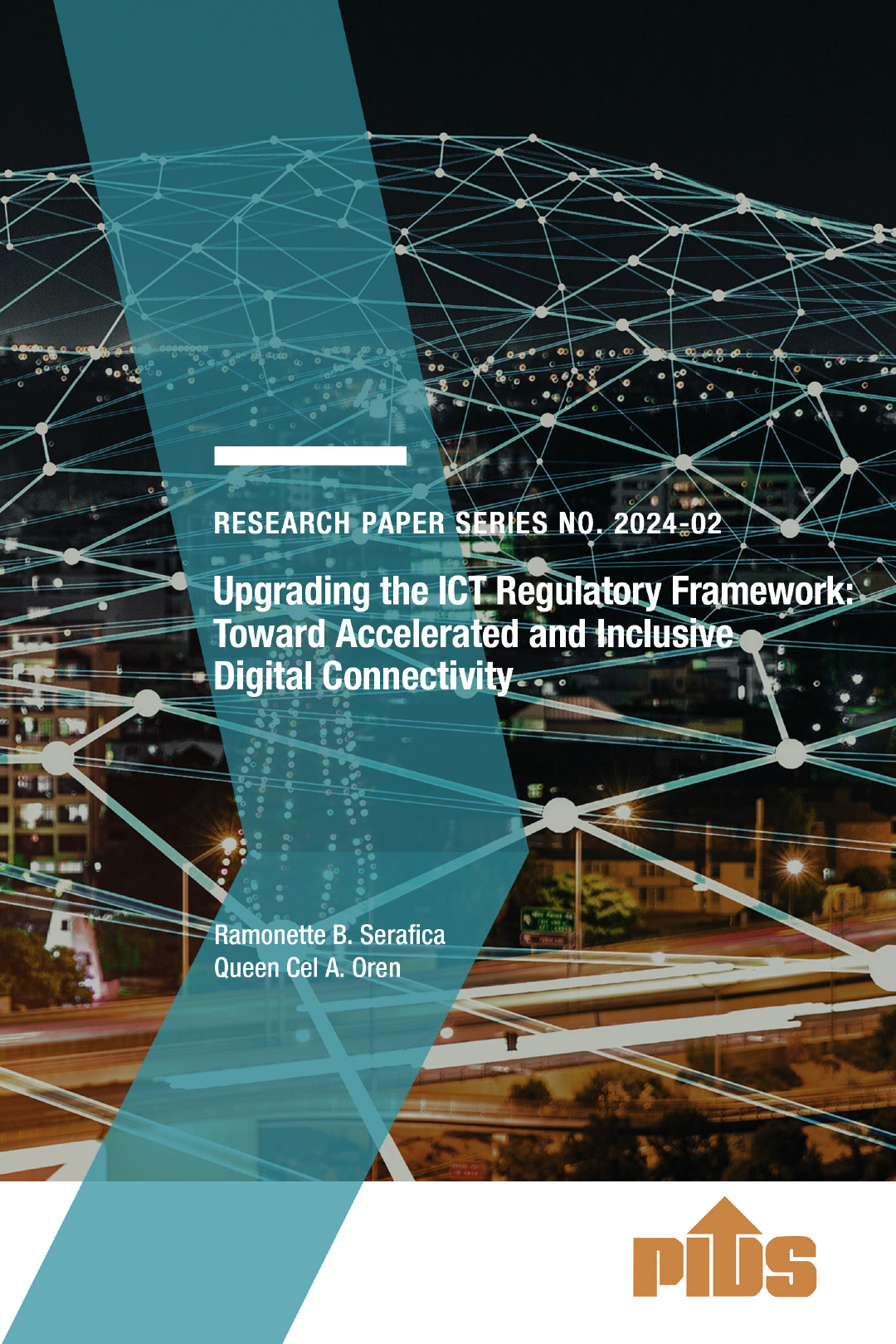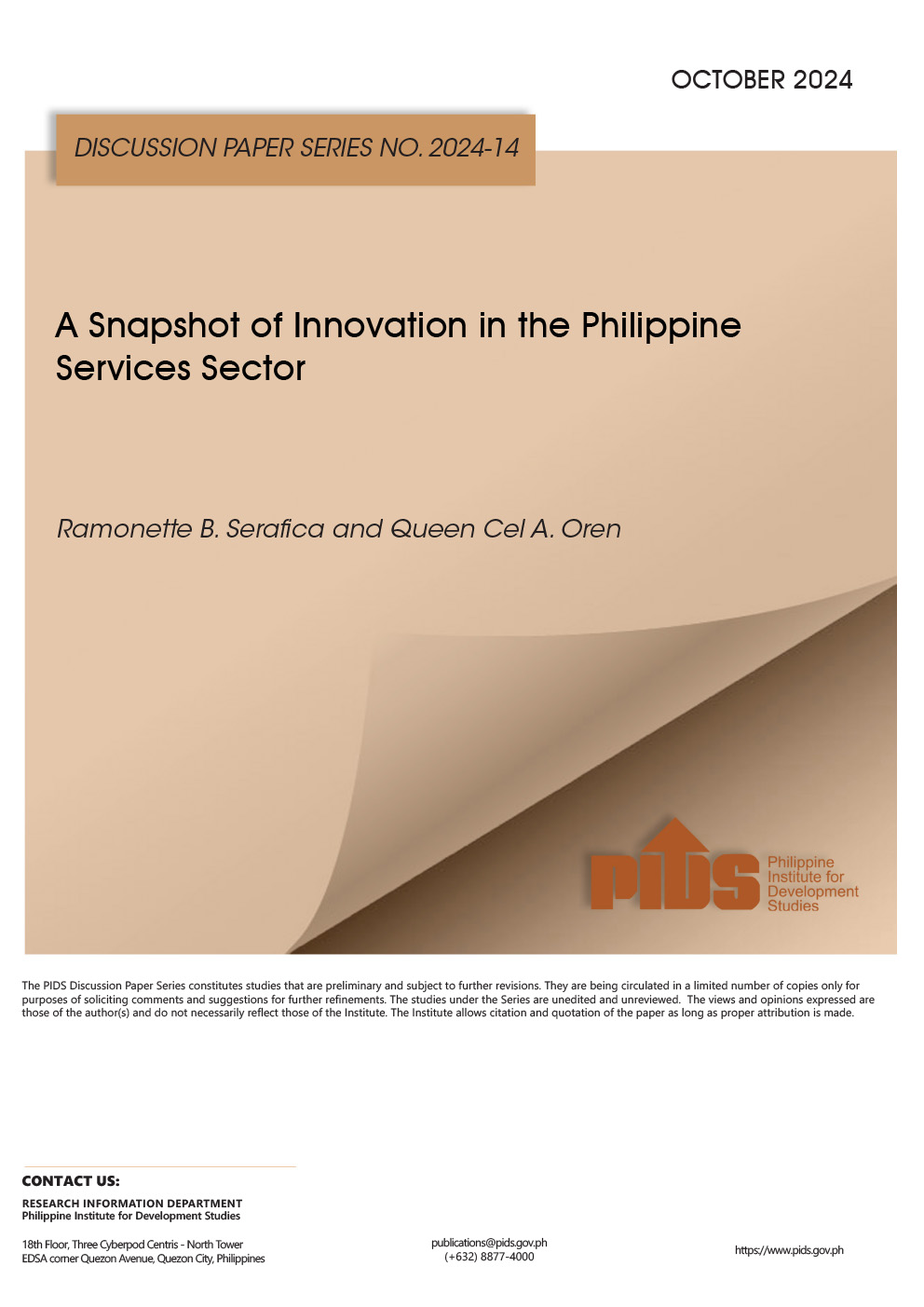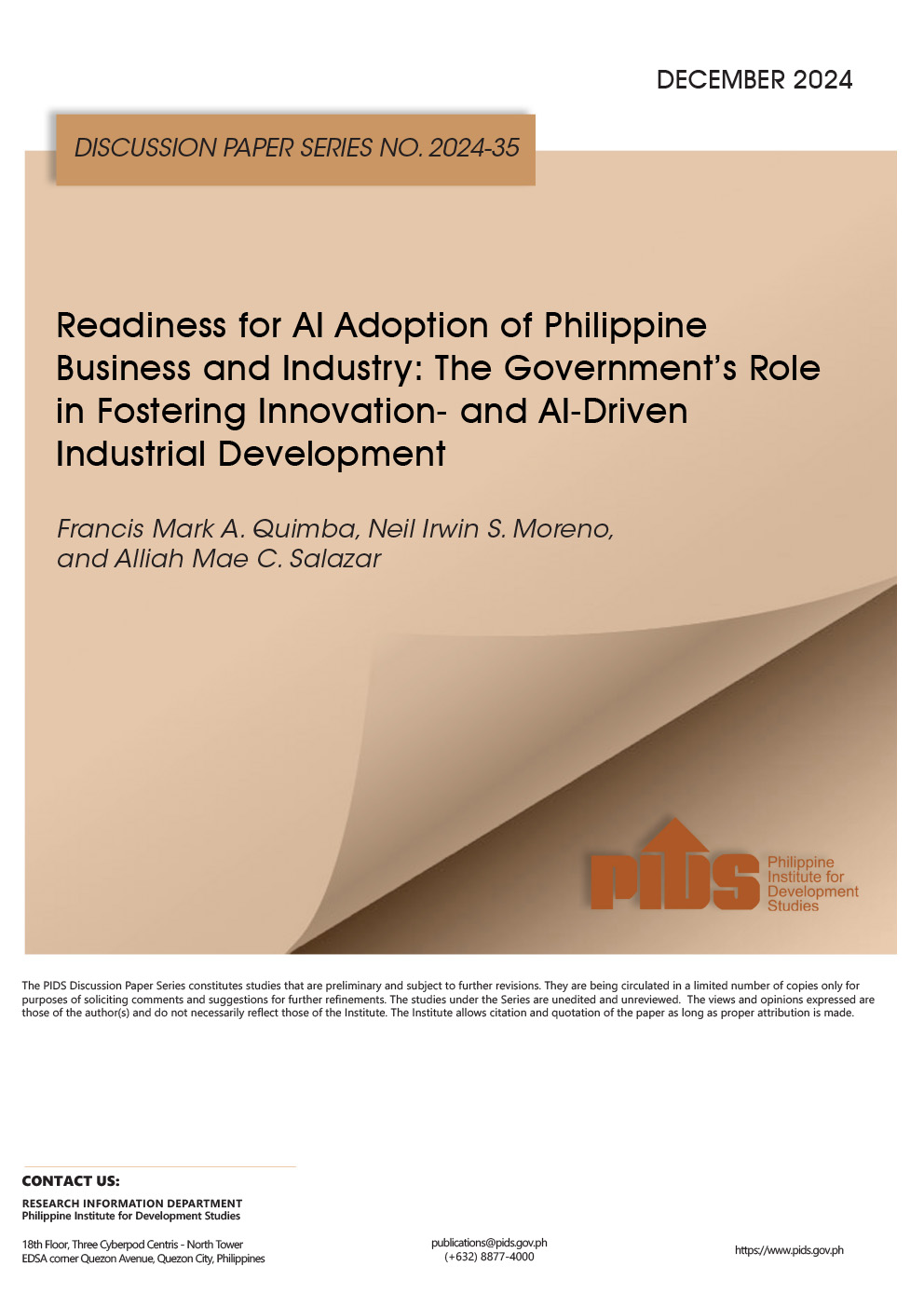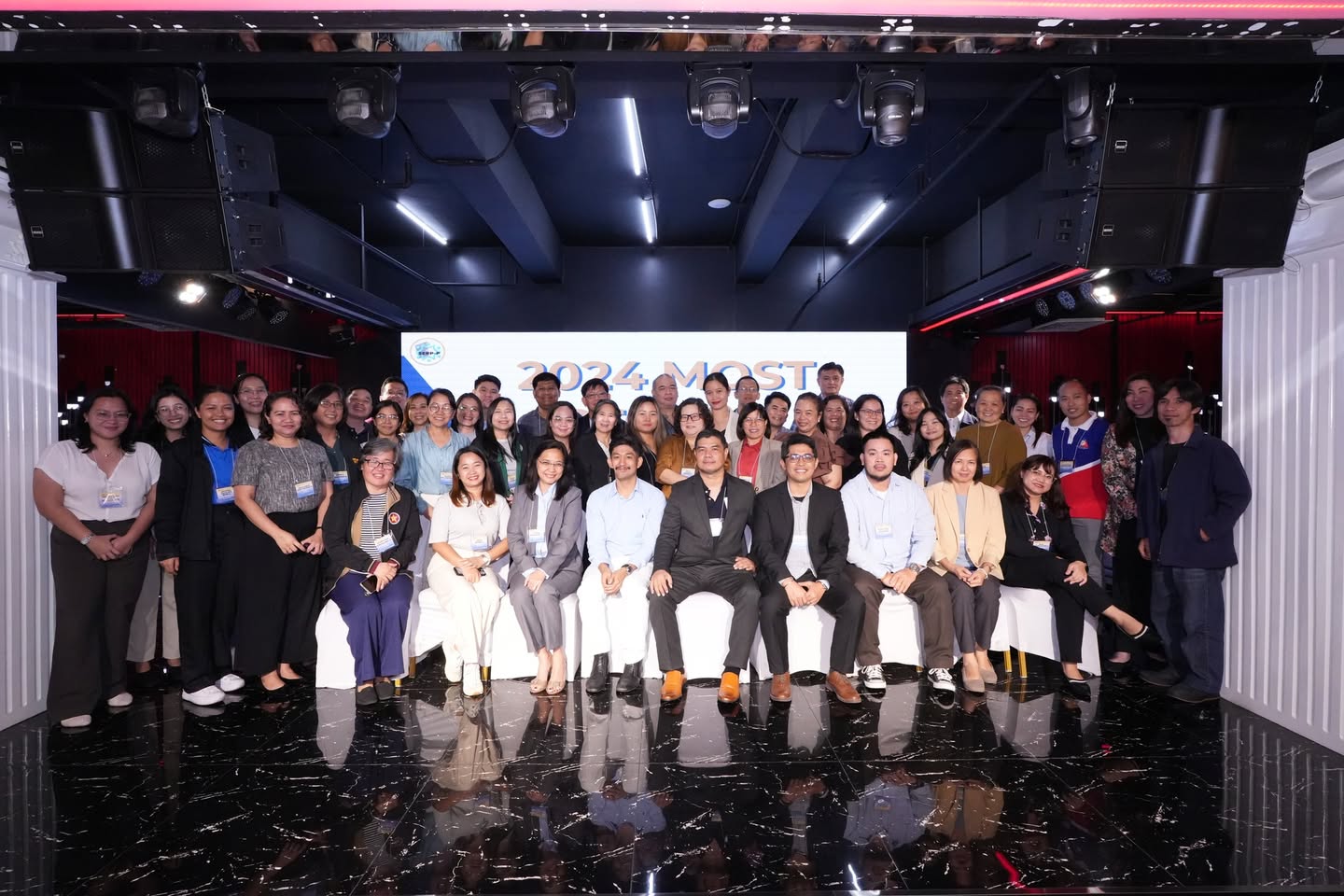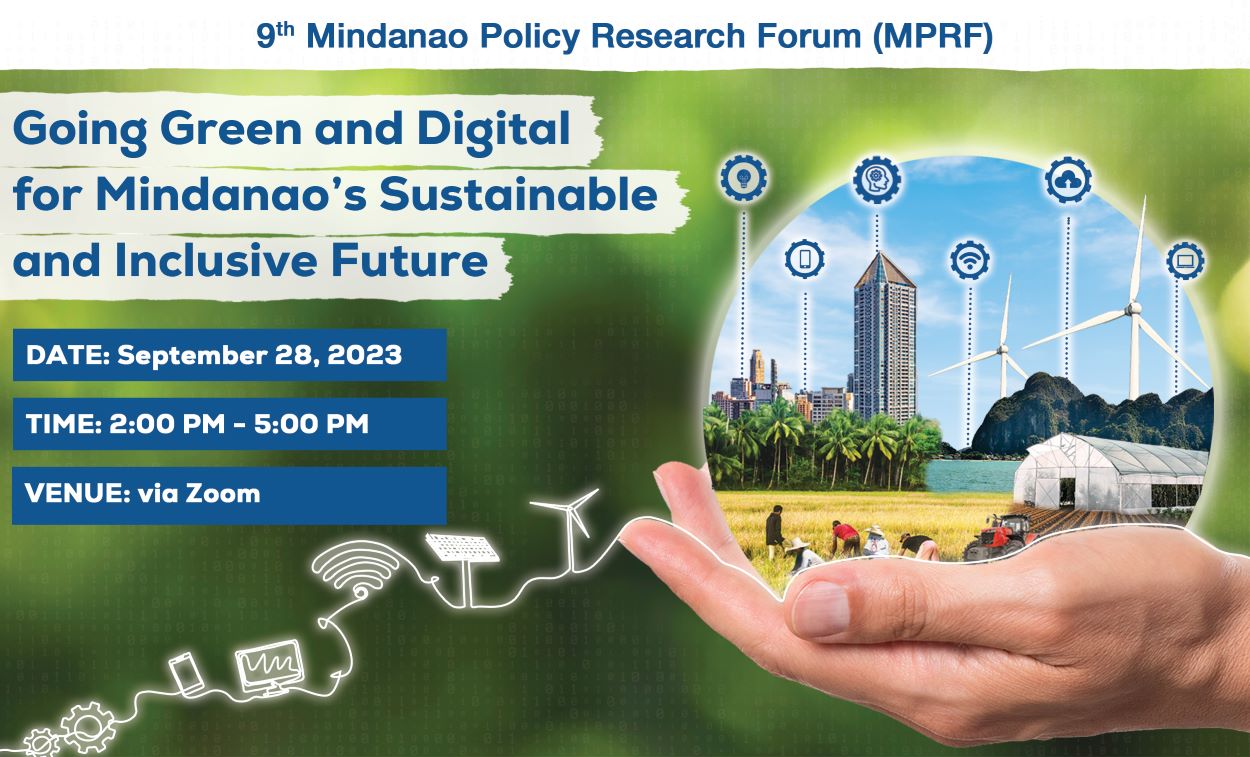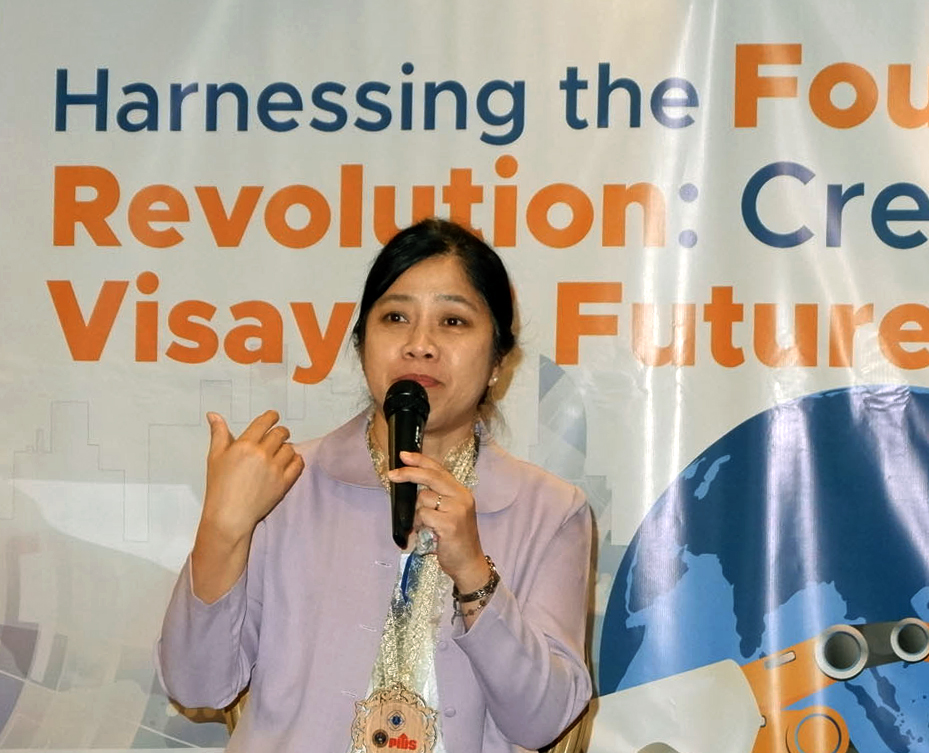
Tagbilaran City, Bohol— As the nature of the work environment changes due to technologies designed to automate or streamline processes, two Bohol scientists put forward an innovative solution to equip students with the skills they will need in the digital age, otherwise known as the Fourth Industrial Revolution (FIRe).
Called the Dynamic Learning Program (DLP), this approach developed by couple Christopher and Ma. Victoria Bernido, encourages independent learning among students. The Bernidos, who have doctorate degrees in Theoretical Physics, introduced the DLP in 2002 at the Central Visayan Institute Foundation (CVIF), a school they own in Jagna, Bohol. This project earned them a Ramon Magsaysay Award in 2010 for “ensuring innovative, low-cost, and effective basic education even under conditions of great scarcity and daunting poverty”.
DLP is designed in such a way that students are learning 70-80 percent of their time independently and without any teacher intervention. Using this approach, no prior lecture is given to students whenever a new topic or lesson is introduced. This way, students learn new things on their own. The remaining 20-30 percent will be augmented through videos of topics or subjects closely related to the learning activity they perform.
FIRe-proofing future workers through education
The World Economic Forum’s The Future of Jobs Report 2018 listed down a number of skill sets required for workers in the FIRe era. These skills include the ability to think analytically or critically, capacity to innovate, emotional intelligence, and technology design and programming. Meanwhile, a study by the International Labour Organisation predicts that 56 percent of all employment in Cambodia, Indonesia, Philippines, Thailand, and Vietnam are at risk of displacement because of automation.
The education sector should therefore be able to find ways to adequately equip children with the skills they will need in the FIRe era.
Speaking at a recent forum in Tagbilaran City organized by state think tank Philippine Institute for Development Studies (PIDS), the National Economic Development Authority Region 7, and the Bohol Island State University, Dr. Ma. Victoria Bernido urged policymakers to take critical policy decisions and strategic actions to get the current and future work force ready for the FIRe.
She noted that given the large secondary school enrolment in the country, which is nearly double the population of Singapore, the Philippines has a vast potential in developing an abudant high-caliber workforce.
In order to produce abundant high-caliber human resources, she said that a good learning program combined with strong curriculum should be implemented at minimal expense. This is exactly how the DLP works, she said.
“It is cost-effective and can be implemented on a large scale such as in the case of public schools. It also features evidence-based curriculum and didactics, which is a teaching method that follows a consistent scientific approach,” she explained.
To give students more time for holistic development and personal creativity, students under the DLP are not given any homework. Tutoring after school hours is likewise discouraged.
Is DLP effective?
According to Bernido, the DLP is effective in CVIF. She presented a number of indicators showing high performance levels of their students, many of whom come from economically challenged families.
“Several alumni of CVIF are now globally competitive. For example, we have a former student who is now taking his doctorate degree at the Swiss Federal Institute in Switzerland, the number one in the world in Earth and Marine Sciences. We also have a doctorate student in Max Planck Institute in Dresden, Germany,” Bernido expounded. She added that 14.5 percent of CVIF students who graduated in 2018 qualified for admission to the University of the Philippines for academic year 2018-2019.
In 2016, two former CVIF students also topped the National Licensure Examination for Teachers at 4th and 7th places.
Other schools across the country have started to adopt the DLP. ###
Called the Dynamic Learning Program (DLP), this approach developed by couple Christopher and Ma. Victoria Bernido, encourages independent learning among students. The Bernidos, who have doctorate degrees in Theoretical Physics, introduced the DLP in 2002 at the Central Visayan Institute Foundation (CVIF), a school they own in Jagna, Bohol. This project earned them a Ramon Magsaysay Award in 2010 for “ensuring innovative, low-cost, and effective basic education even under conditions of great scarcity and daunting poverty”.
DLP is designed in such a way that students are learning 70-80 percent of their time independently and without any teacher intervention. Using this approach, no prior lecture is given to students whenever a new topic or lesson is introduced. This way, students learn new things on their own. The remaining 20-30 percent will be augmented through videos of topics or subjects closely related to the learning activity they perform.
FIRe-proofing future workers through education
The World Economic Forum’s The Future of Jobs Report 2018 listed down a number of skill sets required for workers in the FIRe era. These skills include the ability to think analytically or critically, capacity to innovate, emotional intelligence, and technology design and programming. Meanwhile, a study by the International Labour Organisation predicts that 56 percent of all employment in Cambodia, Indonesia, Philippines, Thailand, and Vietnam are at risk of displacement because of automation.
The education sector should therefore be able to find ways to adequately equip children with the skills they will need in the FIRe era.
Speaking at a recent forum in Tagbilaran City organized by state think tank Philippine Institute for Development Studies (PIDS), the National Economic Development Authority Region 7, and the Bohol Island State University, Dr. Ma. Victoria Bernido urged policymakers to take critical policy decisions and strategic actions to get the current and future work force ready for the FIRe.
She noted that given the large secondary school enrolment in the country, which is nearly double the population of Singapore, the Philippines has a vast potential in developing an abudant high-caliber workforce.
In order to produce abundant high-caliber human resources, she said that a good learning program combined with strong curriculum should be implemented at minimal expense. This is exactly how the DLP works, she said.
“It is cost-effective and can be implemented on a large scale such as in the case of public schools. It also features evidence-based curriculum and didactics, which is a teaching method that follows a consistent scientific approach,” she explained.
To give students more time for holistic development and personal creativity, students under the DLP are not given any homework. Tutoring after school hours is likewise discouraged.
Is DLP effective?
According to Bernido, the DLP is effective in CVIF. She presented a number of indicators showing high performance levels of their students, many of whom come from economically challenged families.
“Several alumni of CVIF are now globally competitive. For example, we have a former student who is now taking his doctorate degree at the Swiss Federal Institute in Switzerland, the number one in the world in Earth and Marine Sciences. We also have a doctorate student in Max Planck Institute in Dresden, Germany,” Bernido expounded. She added that 14.5 percent of CVIF students who graduated in 2018 qualified for admission to the University of the Philippines for academic year 2018-2019.
In 2016, two former CVIF students also topped the National Licensure Examination for Teachers at 4th and 7th places.
Other schools across the country have started to adopt the DLP. ###

